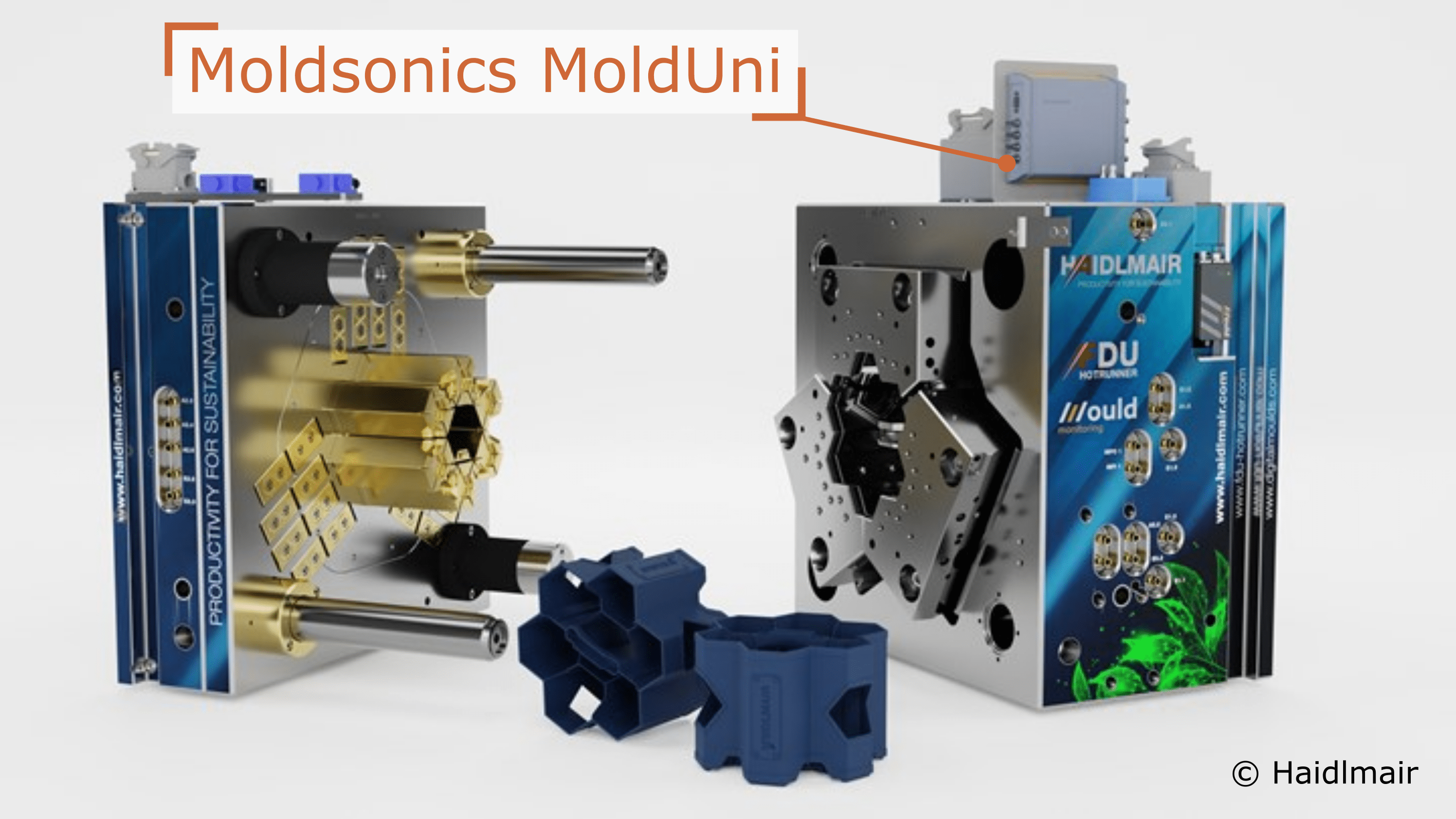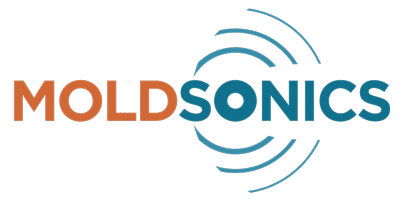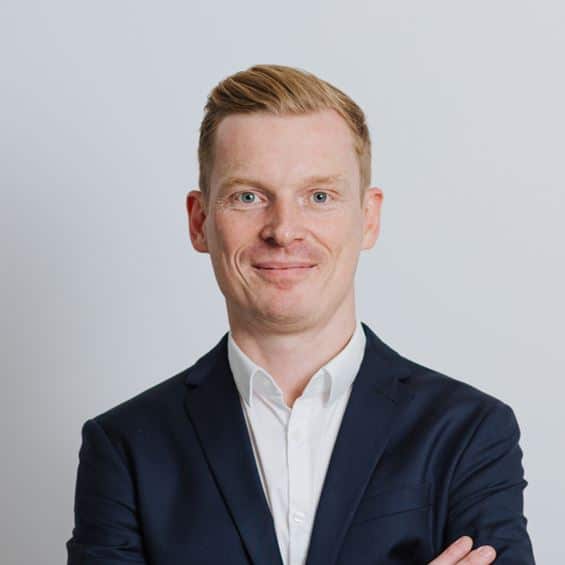Haidlmair mold and Moldsonics sensors - a perfect match.
This application example illustrates how you can use the MoldUni sensor system in practice.

At this year's K2022 in Düsseldorf, Haidlmair and Moldsonics presented their latest innovation: the Sixpack mold, which uses ultrasonic sensor technology to continuously monitor the quality of its components.
One of the most important features of this mold is the use of the FDU (Flat Die Unit) as a hot runner system. This enables high-precision temperature control and faster cycle times, resulting in higher quality components.
An additional highlight is the integration of MoldUni sensor technology. The integration of ultrasonic sensors allows users to monitor and document the production process in real time without having contact with the melt, making sensor marks or leaks a thing of the past. This allows manufacturers to quickly identify problems and take corrective action to ensure each part meets the highest quality standards.
"Moldsonics' ultrasound-based sensor technology offers us completely new possibilities for analyzing processes in our filling operations and thus improving our tools."
In addition to advanced sensor technology, the mold is also a mix of conventional and 3D-printed components. This allows greater design flexibility in the construction and shorter cycle times as well as higher efficiency in the injection molding process.
Overall, the Sixpack mold is an innovative example of how sensor technology and advanced manufacturing techniques can be combined to create high-quality components with improved monitoring and shorter production times.
We are excited to see in which exciting projects these two innovations can still be combined and are looking forward to the applications still to come.


